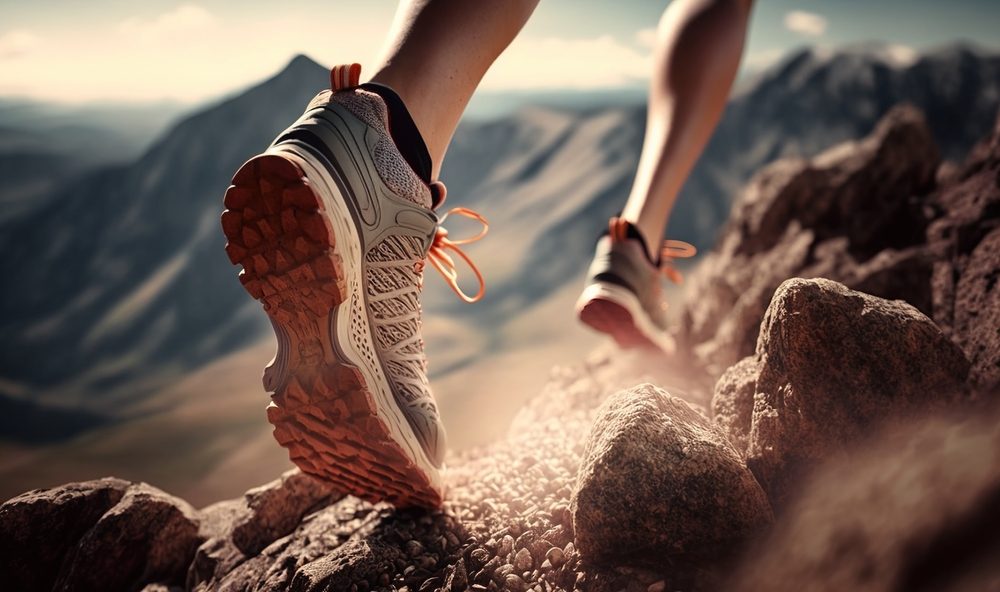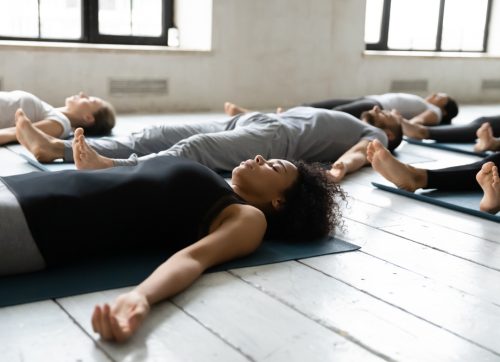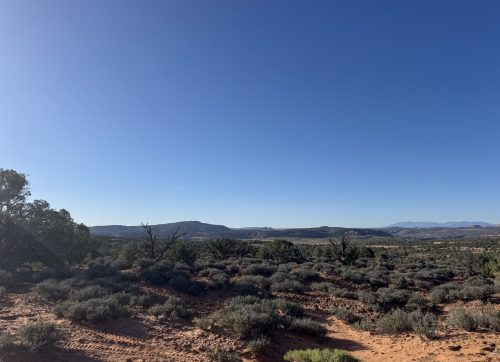
Hazards on the Trail: What to look for when venturing into the woods
Trail running has increased in popularity over the last decade to the point where there are almost as many trail races as road races. Like road races, trail races have many facets: flat, hilly, at altitude, at sea level, smooth single track, and gnarly rocks that include scrambles. Weather conditions play a considerable role in trail races because rain on the road is one thing. Rain on a trail or rocks is an entirely different ballgame.
- Author:
- Jodi Richard
- Date:
- December 7 2023
Trail running has increased in popularity over the last decade to the point where there are almost as many trail races as road races. Like road races, trail races have many facets: flat, hilly, at altitude, at sea level, smooth single track, and gnarly rocks that include scrambles. Weather conditions play a considerable role in trail races because rain on the road is one thing. Rain on a trail or rocks is an entirely different ballgame. Rain on a trail creates muddy conditions, slick roots, rocks, and rushing streams. It all adds to the challenge and the fun.
The first thing to remember about trail running versus road running is that every step differs. Roads are usually paved and flat. Trails, even carriage roads, are uneven and have rocks, tree branches, holes, grass, snakes, etc. You can trust almost every step you make on the road. You must learn to look ahead on a trail and trust your feet to handle what they hit.
The most dangerous obstacle on the trail is a small branch or twig. Yes, rocks are hazardous, too; however, they almost always stay in one place, so if you step on one, it will most likely stay in place. Sticks, small branches, or twigs are unpredictable. If you step on one, it might break, and you're good. It might break, get caught in a shoelace, and trip you. It could roll and take you with it. It could flip up and trip you. Be very aware of sticks, twigs, and branches on the ground. They aren't as innocent an obstacle as you think.
Rocks are another hazard. Most of the time, they stay where they are. If you're in a desert setting like Moab, they can blend in with the dirt, and you might overlook one and trip. Sometimes, they do move, especially if they are in a stream or river. They can also shift if they are unbalanced on the ground and tip or tilt. They could slide under your foot if you go up or down a hill. Rocks are heavier than sticks, so when they do move, they could cause more damage to your feet and ankles.
Roots are similar to rocks in that they are steadfast yet can trip you. Wet roots are incredibly slick. Avoid them if you can. Roots can also catch your foot and trip you as if caught in a rope or a trap. Sometimes, roots snap like a stick, and then you have all those other issues that sticks have. Some trails are miles and miles of raised roots. A little practice goes a long way to step through and around rooted paths.
Low-hanging branches or trees across the trail are hazards to your head. If you focus on uneven terrain, you might not be paying attention to what is above you and run right into something hanging across the trail. Whacking your head or face on a branch or tree can cause serious injuries such as cuts, abrasions, or even a mild concussion. Remember to look up and ahead as much as possible and not just at your feet.
Depending on where you are running, wildlife may be a concern. Snakes are an issue because they can look like a stick or a root. When in doubt, jump over anything that looks like a snake rather than step on it. Caution will save your day (and the snakes').
Other animals, such as bears, elk, moose, and mountain lions, are threats. A little know-how and awareness will keep you safe in the wilderness. If you are out in the wild, a great book is "Don't Get Eaten: The Dangers of Animals That Charge and Attack" by Dave Smith. It's a short book with helpful information for avoiding and surviving animal encounters in nature.
A few annoying "hazards" are insects, mud, spider webs, and overgrown trails. Insects such as biting flies, mosquitoes, bees, and hornets can bring a great trail experience to an itchy end. Carrying insect repellent and sting or bite relief will help with insects. If it is wet, mud happens. Having extra socks can help you avoid blisters if your feet get wet. Spiderwebs are usually a problem in the mornings. Spiders will stretch their webs across trails; if you're the first one out there, you will run right through them. They won't hurt you. They are just icky. Some trails wander through areas with low brush and grasses. Those brush and grasses can grow out of control, particularly in wet summers, and infringe on the path. This growth can cover the trail and hide obstacles that may trip you.
After reading this, you may think, "I'm going to stick to the roads." Don't! Trail running is challenging, invigorating, and the best way to charge your soul with positive energy. Preparing for the obstacles you find on the trail will enhance your experience and keep you running back for more.
Are you ready to take the journey?
Take the journey and find your nature guide.


